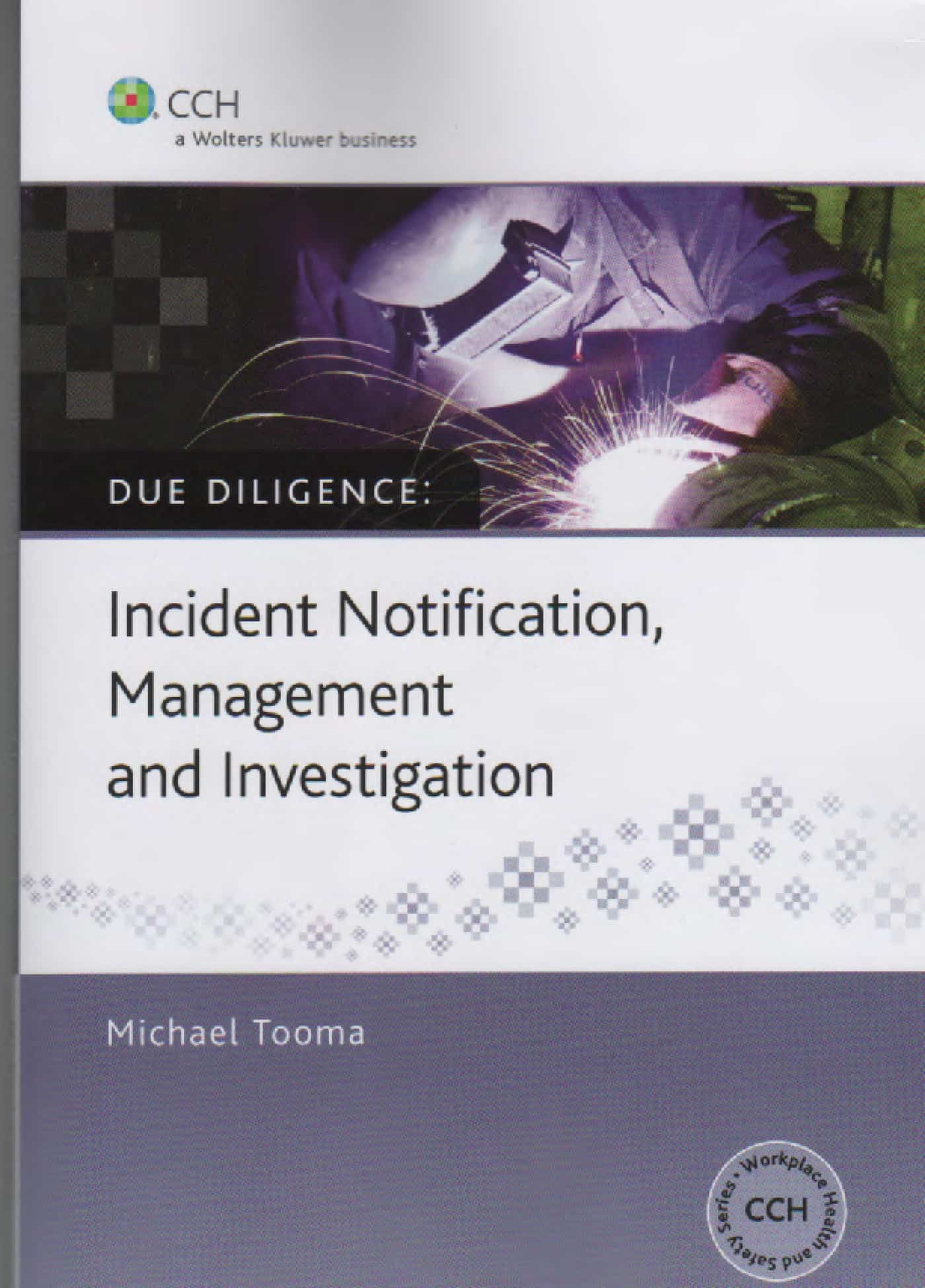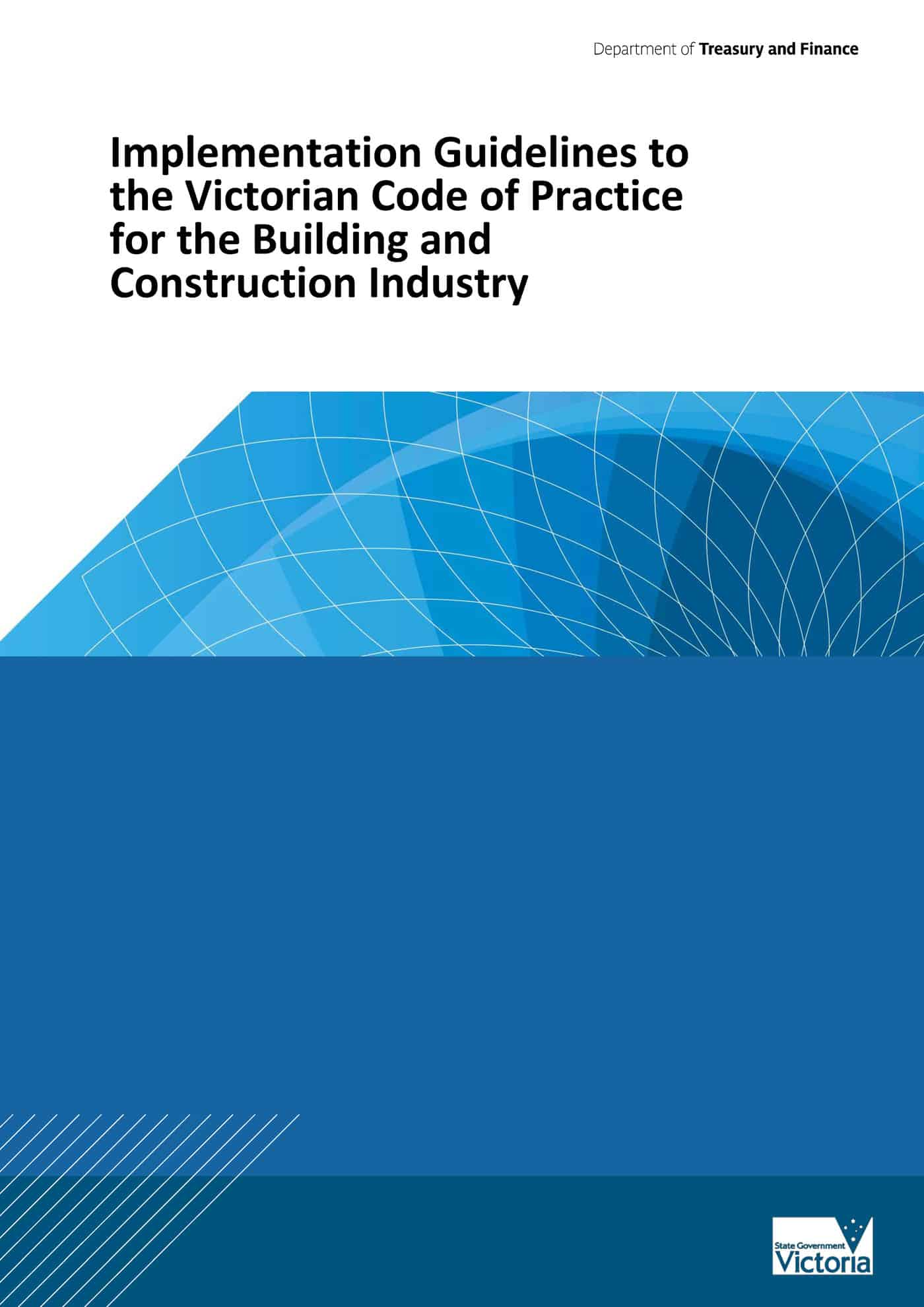 According to the Canberra Times, a company board has been served with an improvement notice over inadequate attention to workplace bullying claims in a retirement home. The ABC television program, 7.30, has followed up workplace bullying claims aired earlier this month with a further case on 25 September 2012 with savage criticism of WorkSafe Victoria’s actions in the case.
According to the Canberra Times, a company board has been served with an improvement notice over inadequate attention to workplace bullying claims in a retirement home. The ABC television program, 7.30, has followed up workplace bullying claims aired earlier this month with a further case on 25 September 2012 with savage criticism of WorkSafe Victoria’s actions in the case.
The Australian Government has completed the public hearings of its Parliamentary Inquiry into workplace bullying. Bullying is everywhere but little seems to be happening to address the various elements and deficiencies of the regulatory system.
On 21 September 2012 the WorkSafe ACT Commissioner warned about inaction on workplace bullying:
“If bullying has not occurred, then a properly conducted investigation should find that… If, on the other hand, an independent investigation substantiates the allegations, then the employer will be in a position to act to protect their workers from any ongoing threat to their health and safety.” Continue reading “Momentum increases for tangible action on workplace bullying”






